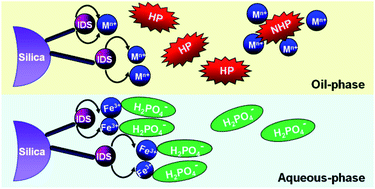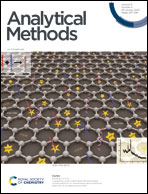Phosphorus removal from oil and aqueous phases with a multifunctional adsorbent
Abstract
A multifunctional adsorbent, silica modified with iminodisuccinic acid (IDS), was used for phosphorus removal for the first time. The IDS-silica adsorbent could be directly used in vegetable oils to convert nonhydratable phospholipids (NHPs) into hydratable phospholipids (HPs), thereby further removing phospholipids and other metal ions from the oil phase. The adsorbent chelated with metal ions (IDS-Fe3+-silica) could be used for the removal of phosphorus in the aqueous phase. In order to demonstrate the effectiveness of the multifunctional adsorbent, it was compared with the commonly used iminodiacetic acid (IDA)-silica adsorbent, and the phosphorus removal mechanisms in oil and aqueous phases were separately discussed. Whether applied in the oil or aqueous phase, IDS ligand adsorbents exhibited better phosphorus removal effects than IDA ligand adsorbents, especially in the aqueous phase, indicating that the effect of phosphorus removal depends on the number of coordination atoms of the ligand bonded on the adsorbent. In the oil phase, hydrating phospholipids with the IDS-silica adsorbent was proposed for the first time, in which coordination exists between the ligand and the metal ions adsorbed on NHPs. However, in the aqueous phase, the IDS-Fe3+-silica adsorbent removed inorganic phosphorus by coordination between Fe3+ chelated on the adsorbent and inorganic phosphorus.



 Please wait while we load your content...
Please wait while we load your content...